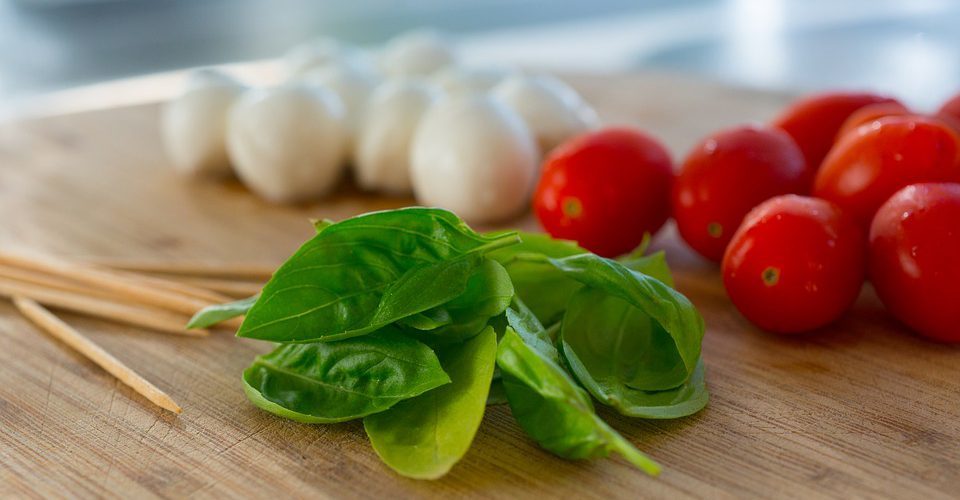Campania food and cuisine: not just buffalo mozzarella and pizza
READ ME IN  Italiano
Italiano
«Among the Italian regions, Campania is the one that boasts the largest number of Traditional Agro-Food Products. The typical products of Campania are in fact 515: so what is there more to the Campania food than the buffalo mozzarella and Neapolitan pizza?»
According to a study conducted by Coldiretti, Italy, with its 5047 traditional food specialties, holds the world record for breadth and variety of agro-food heritage. On the podium of the regions that can boast the largest number of typical products we find Campania, which wins the gold medal with its 515 Traditional Agri-Food Products, followed by Tuscany, with 461, and Lazio with its 409 specialties. According to this data we could say that Campania is the Made in Italy “flag of taste”; but do we really know all the typical products of the Campania food? Let’s find out what else there is in addition to buffalo mozzarella and Neapolitan pizza!
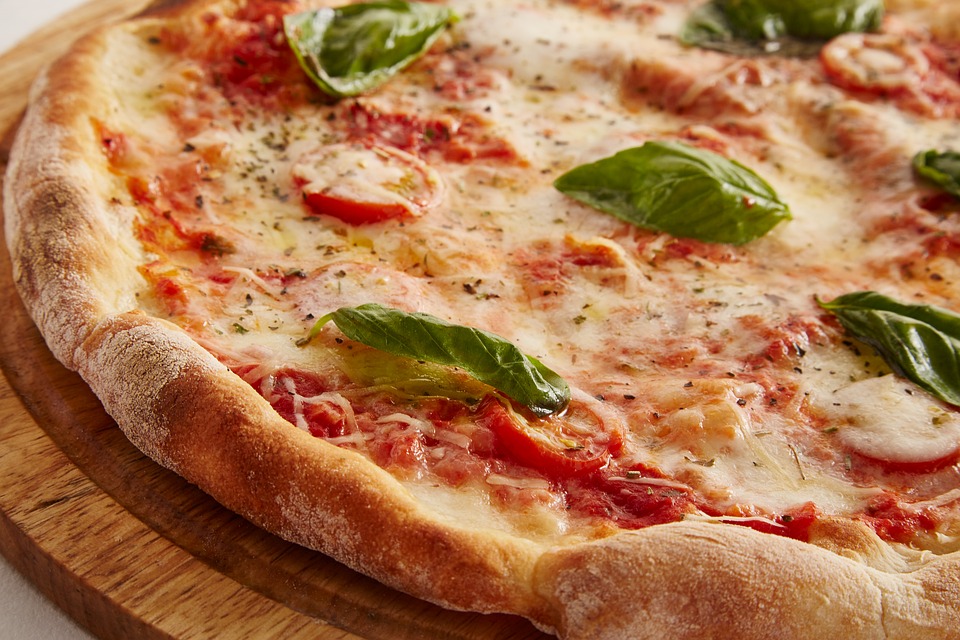
–
Listing all the typical products of Campania, with their respective characteristics, would be a colossal undertaking. Trying to make order and to manage to juggle in this sea of food excellence, on this occasion we will therefore to talk to you specifically about the typical Campania food products PDO and the Campania cuisine, spending a few words for the colatura of anchovies of Cetara, product for which the recognition of the denomination is currently underway. This typical product from Campania is produced in the small seaside town of Cetara, on the Amalfi Coast, and is the result of curing and pressing salted anchovies. What results is an amber liquid, with an intense flavor, used in cooking mainly as a condiment for pasta dishes or to enrich the taste and add flavor to fish and vegetable dishes. As for the buffalo mozzarella of Campania and the buffalo ricotta PDO, we refer you to here, to the article in which we had already spoken about it.
Campania food with Protected Designation of Origin (PDO)
Gaeta olives. The PDO mark of the Gaeta olive is reserved for the “Itrana ” variety olive, also called Gaetana. Its production areas include 44 municipalities of Lazio and 2 municipalities of Caserta, those of Sessa Aurunca and Cellole, which is why the olive of Gaeta is fully part of the typical products of Campania and the Campania cuisine. The characteristics that distinguish these particular olives from other table olives are the slightly bitter taste, the soft consistency that allows the complete detachment of the pulp from the stone and the color that can turn from intense pink to violet.
White fig tree of Cilento. The denomination refers to the dried fig of the dried Cilento of the “ Dottato” variety. This fine variety of figs stands out for its pasty consistency, sweetish taste and amber-colored pulp. The peel instead is light yellow, which is why it is called “white fig“. The white fig of Cilento PDO is also sold stuffed with hazelnuts, citrus peel, walnuts and covered with chocolate or dipped in rum, especially during the Christmas period.
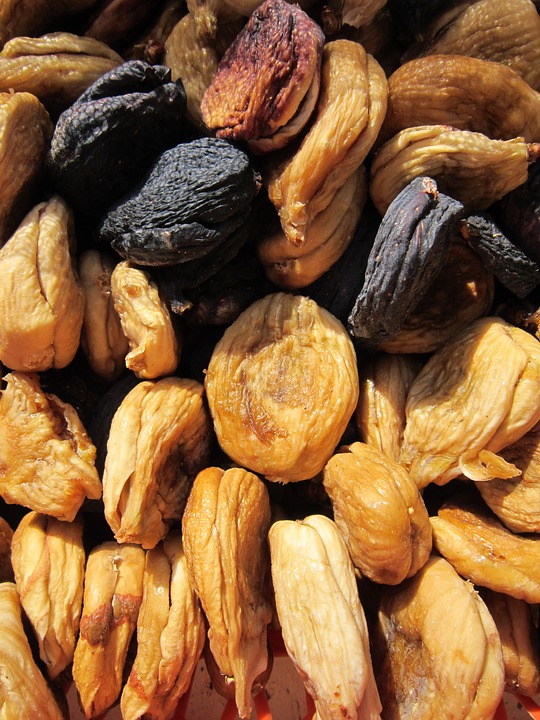
–
Piennolo del Vesuvio pomodorino. This variety of cherry tomatoes is among the most ancient typical products of Campania and is distinguished by its particular shape with a pointed tip. Its production is particularly widespread on the slopes of Vesuvius and can be found on the market both in the fresh version and in the version preserved in piennolo, that is tied in clusters and left suspended to air. The Piennolo del Vesuvio tomato is a product widely used in Neapolitan and Campania cuisine in general: thanks to its versatility and its intense flavor it is often found in first courses of sea, but also on pizza.
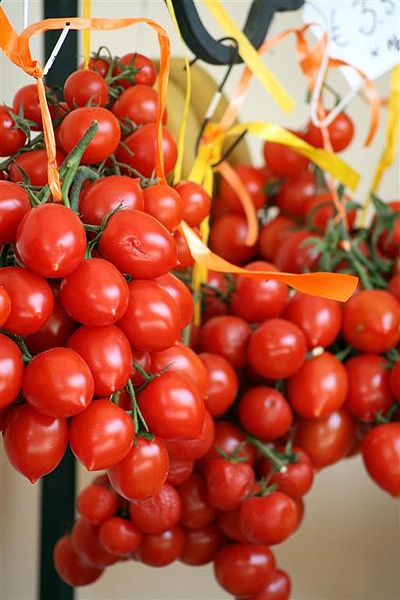
By justpositano [CC BY 2.0], via Wikimedia Commons
–
San Marzano tomato from the Agro Sarnese-Nocerino. This type of tomato, native to Central America, began to be appreciated in the Campania region in the 1900s, becoming the tomato sauce par excellence. Characterised by the bright red color and the typical elongated shape, the San Marzano tomato is today one of the most appreciated typical products of the Campania cuisine in the world, thanks to its transformation into “ peeled “, which makes it particularly suitable for seasoning pasta, perhaps with adding some basil leaves.
Nocerino spring onion. After the San Marzano tomato, the nocerino cipollotto is the most cultivated specialty in the Agro-Sarnese area which, thanks to the peculiarity of its volcanic territory, makes it possible to produce high quality food. Particularly appreciated also on foreign markets, this variety of onion is distinguished by its sweet and succulent white pulp and its elongated shape slightly flattened at the ends. The Nocerino DOP onion is destined to be eaten fresh in salads, with tomatoes, but it is also used by chefs in first courses.
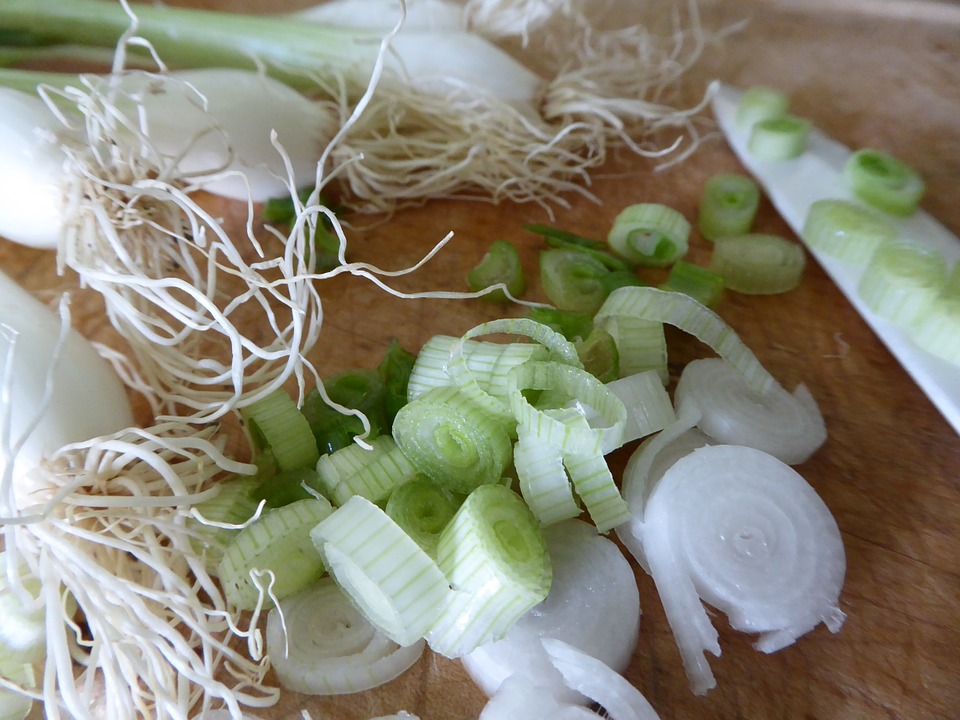
Provolone del Monaco. This semi-hard cheese with spun dough is produced in the area of the Sorrento Peninsula and in the territory of the Lattari Mountains. With its characteristic melon shape and slightly spicy taste, it is obtained with only raw milk (coming from at least 20% from Agerolese type of cattle) and reaches its excellence at the ninth month of maturing. The provolone del Monaco, a typical high-quality Campanian product, is used in the Campanian cuisine to enrich the taste of traditional dishes: one amongst all, the “ pasta and potatoes “.
Caciocavallo Silano. This cheese is produced in all the provinces of Campania, but also in some areas of Calabria, Molise, Puglia and Basilicata. Depending on the area of production, the shape of the caciocavallo may be round, oval or truncated conical. Once obtained, the forms are tied in pairs with a cord and left to mature on a beam. It is undoubtedly one of the oldest steamed cheeses in southern Italy and requires a minimum maturation time of 30 days. Its consistency makes it particularly suitable to be melted and added to various dishes, but it is also excellent fried or grilled.
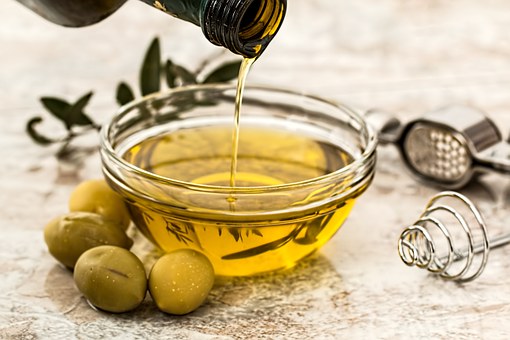
Extra virgin olive oil. The Protected Designation of Origin of extra-virgin olive oil from Campania concerns different production areas. In fact, the DOP brand invests the production of extra-virgin olive oil from Cilento, the Salernitane Hills, Irpinia – Colline dell’Ufita, the Sorrento Peninsula and the Terre Aurunche.
Getting excited about the Campania food and cuisine? We certainly are.
Marcella Scialla
READ ME IN  Italiano
Italiano


